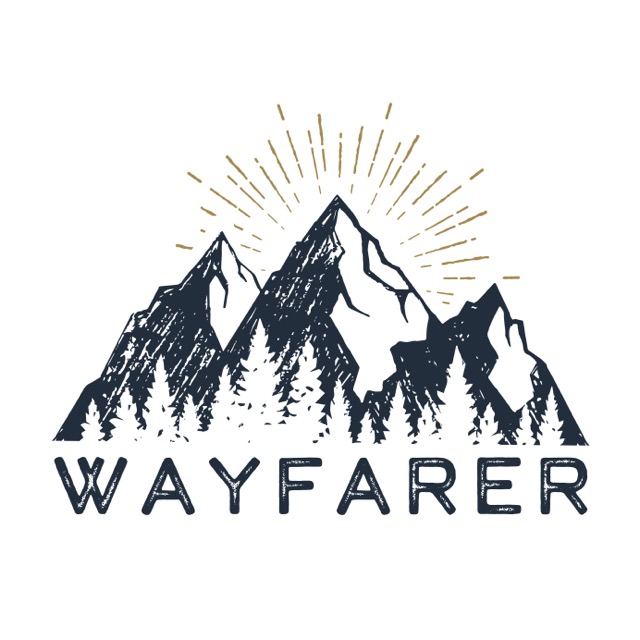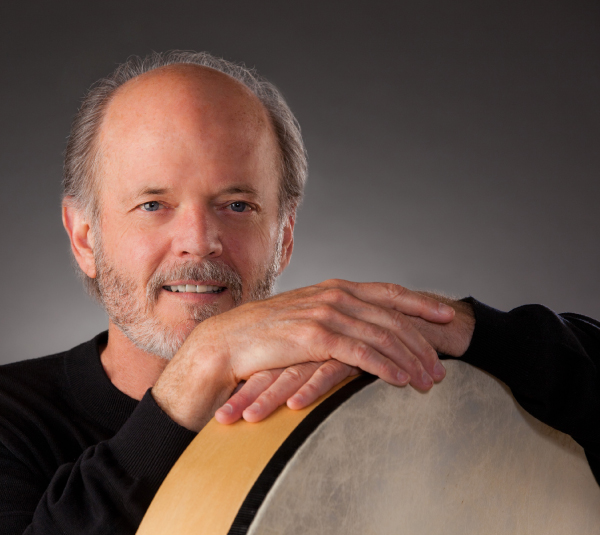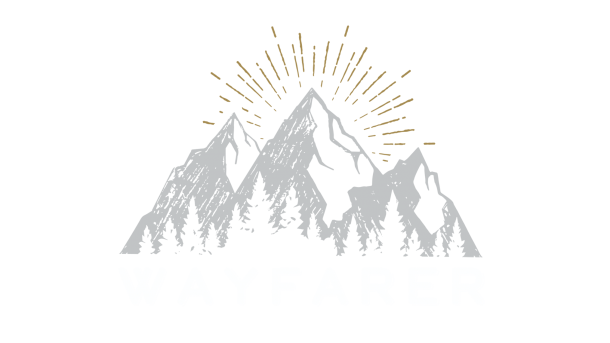by Staff Writer Jamie K. Reaser
Article Appears in The Wayfarer Vol 3 Iss 4 | Winter 2014 | Visit our Shop to Order»
1. Mary Oliver begins her poem, The Journey, by writing, “One day you finally knew what you had to do, and began…” Tell me what that day was like for you…
There are a couple of days that come to mind. In the first instance, I was 14 or 15 years and became totally consumed by the movie Gene Krupa, about the legendary jazz drummer. Suddenly, I wanted to play drums. I wanted to be a musician. My father was a music lover and record collector and I was exposed to all kinds of music, but until that point, music was not something I would have considered. But there it was; I had to do it.
The second flash of inspiration occurred when I was about 37, maybe 38, and playing in Mickey Gilley’s Urban Cowboy band. At that time, I had experienced a great deal of success and felt that I had done everything that I wanted to do in the music scene—there had been big tours, big money, our own airplane. Everything seemed great. I was lying on a bed in a hotel room in Las Vegas before a performance with a copy of M. Scott Peck’s The Road Less Traveled that someone had given to me. I was reading the chapter entitled, “The Call to Grace,” and suddenly I had an out of body experience. Immediately, I experienced a profound shift at the core of my being; I knew my life as I had known it and been living it was over. I didn’t have any idea what I was going to be doing, but I knew I was done with music. Two weeks later I got a call from an addiction rehabilitation center in Nashville where I had been doing some volunteer work. They wanted me to apply for a counseling job even though I wasn’t a professional counselor or had any real credentials. I said, “yes,” and they hired me. I quit music, and went back to school to get my credentials. My early studies turned me on to the transpersonal work of Stanislav Grof. When Grof introduced me to shamanism, my life changed again.
Drumming plays a fundamental role in shamanic practices, and we had been using drums in the men’s groups I was guiding. I thought, “Here’s a skill I have and maybe I can use this in the healing arts I’m involved in” and so the path took over from there. My first album was entitled Helpers, Guides, and Allies and was aimed at the Holotropic Breathwork community. I thought that might be my only album project, but collaborators like Steve Roach kept emerging. And that began the synthesis and integration of what I love; music, teaching and the healing arts.
The call to grace. It became clear that I needed to live my life as fully as possible. Living an authentic life is my personal edge; everything I do is oriented toward that and for that. Grace feels like a blessing. In that sense, it’s all about grace. In even the toughest, hardest, most challenging events or stages in life, there is always grace.
2. In what way does music help you re-imagine the possible?
Music helps me to connect with the greater, more expansive aspects of myself. I’m more than the skin-encapsulated, ego-body thing. Songs are poetry. They can touch us. They certainly touch me. I can be listening to shamanic or meditation music, and then Miles Davis, The Beatles, and then Hank Williams, Waylon, or Willy and they all touch me in different ways. They all activate, call up, different aspects of myself.
When I’m creating music or listening to music, it can help me tap into and resonate with various archetypes—the original patterns of life—that are more expansive and universal. Creativity flows because the ego steps out of the way. Imagination, creativity, and inspiration take form in a way that is consistent with Spirit. Reimagining is based in the pure inspiration of the creative source. And, re-imagining can feel a little manic at times. Sometimes the visions and the energies are hard to track because it feels so new, overwhelming, and infinite. There are times when it really feels like anything—everything—is possible.
3. How do you use music to help chart the way for change?
The way of change charts itself when I am in personal alignment with the source—with Spirit. Life is a co-creative journey. When I’m making music or listening to music and I’m fully present with that experience, things are revealed—they come into my awareness because I’m attuned, present, and aligned. I’ve learned to follow the inner-guidance that shows up by allowing my reasoning mind to move out of the way of what’s possible. The real edge for me is to cooperate with and trust the process enough to let it unfold.
4. In the Heart Aroused, David Whyte writes, “Art is the act of triggering deep memories of what it means to be fully human.” How has this been true for you?
Music helps me to align with the archetypal realms—the transpersonal—a larger, greater reality. To me, that is what it is to be fully human. Attending to every day life and all that is going on—doing taxes, going to the grocery store, dealing with the political stuff—makes it really challenging to stay in touch with being fully human and what’s real. The process of creating art can awaken the part of us that is self-aware of a greater reality. When I am truly present, things are showing up—coming through—that I couldn’t have thought of or created any other way. It’s like magic and so incredibly exciting. What is that other than being fully human? Maybe it is even more that that because the phrase “being fully human” almost seems “reductionistic” in a certain way—we are connected to so much more. How I work with music is informed by those deep memories of our greater human potential.
5. What advice do you have for people who are in despair about the current state of the world?
First of all, it’s really hard. It is important to acknowledge and validate that it is hard to face what is coming at us energetically through the media and what we are dealing with as a global community. It’s challenging for me, and I have a lot of personal tools. We are in deep trouble. Those of us who are aware of it feel that pain pretty deeply. So my first suggestion is to take a breath and then another and then breathe some more. If we fail to be present with ourselves, we are lost. Breathing techniques, various inward focusing practices, especially meditation, help us to become grounded in our bodies. We need to be fully present to face this stuff and to honor and work with our despair. Artists feel outside of the mainstream culture because we are. We have heightened sensitivities that leave us feeling raw at times. Jack Kornfield writes about how touching a feather to the heart can be excruciatingly painful. I can identify with that. So, in whatever ways possible, we learn how to walk the talk. I aspire to be more like the people who can be vulnerable enough to do that. I don’t want to escape this world, I want to be fully in it but not of it.
6. Where can our readers get more information about your work?
Music: www.byronmetcalf.com/music/
and www.byronmetcalf.bandcamp.com
Shamanic healing, mentoring, healing arts:
www.holoshamanicstrategies.org/home/
Follow me on Facebook


